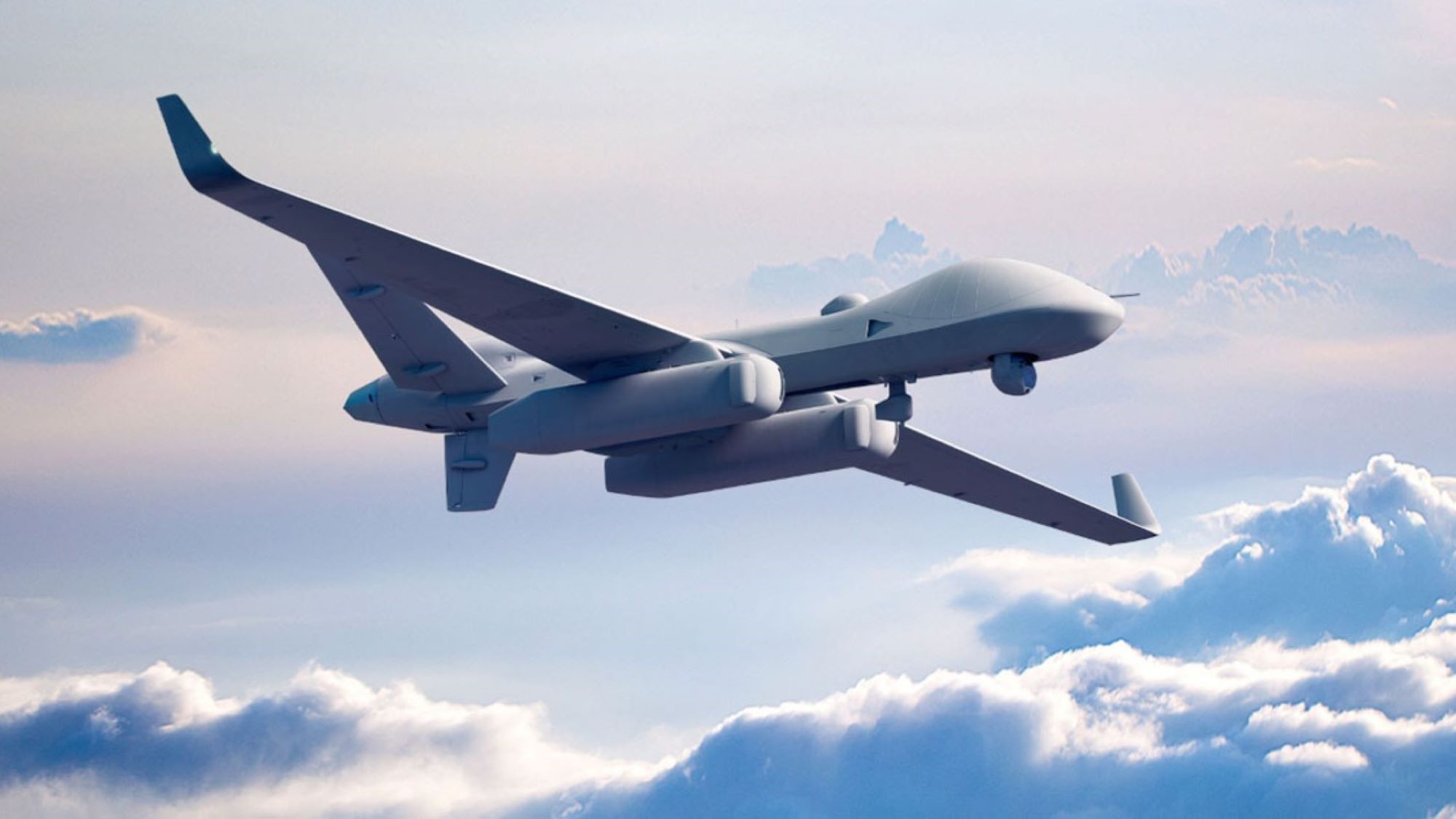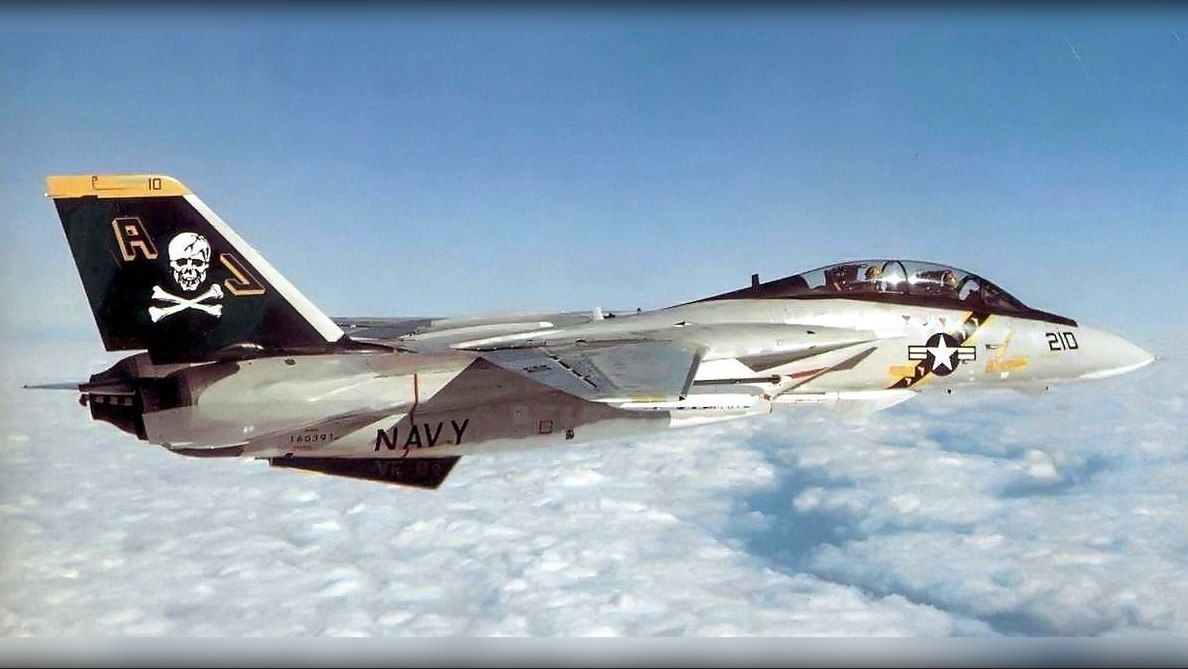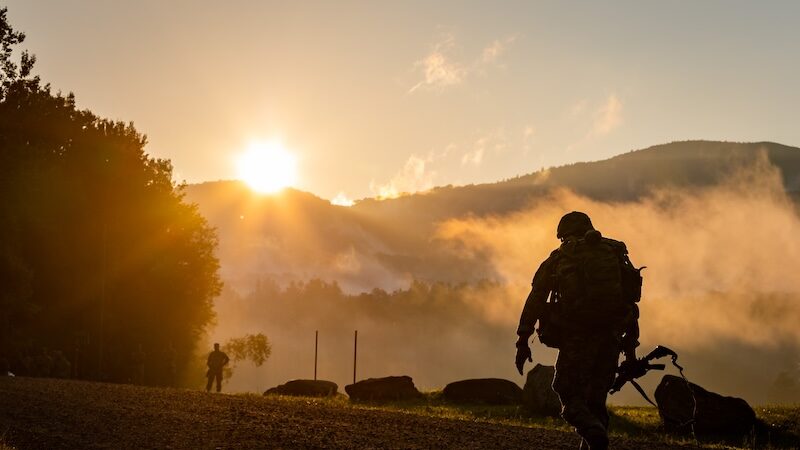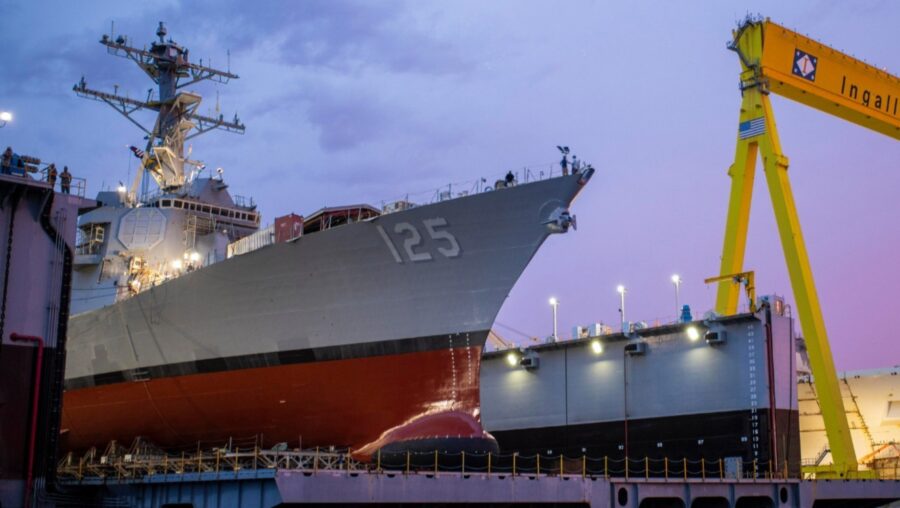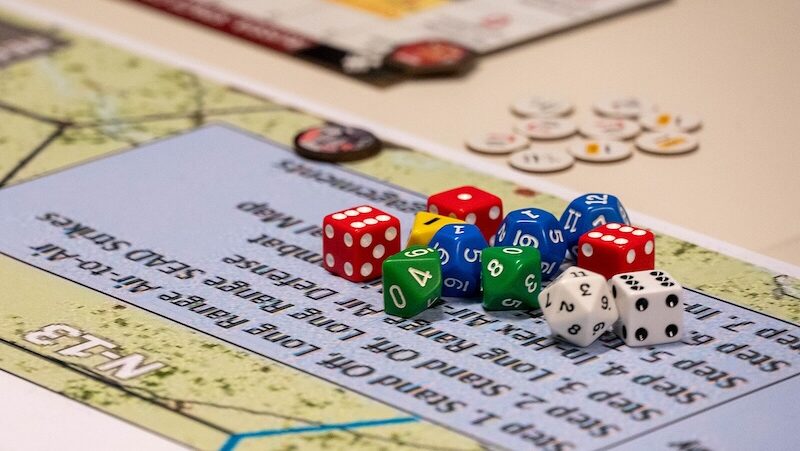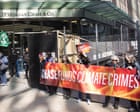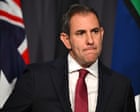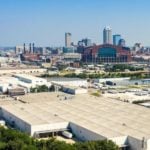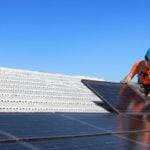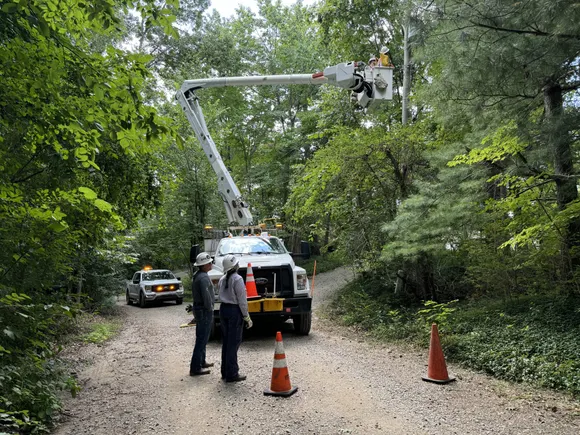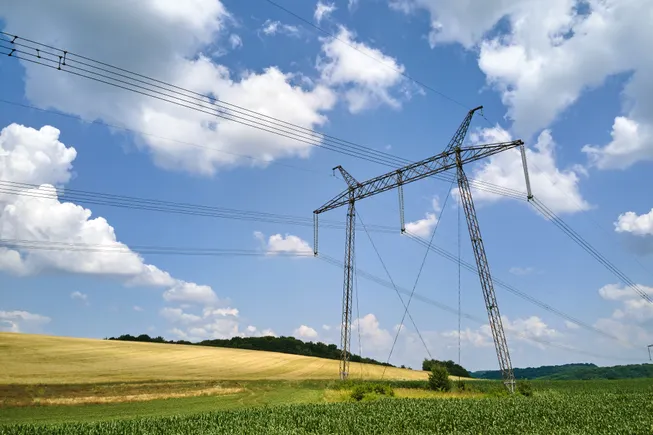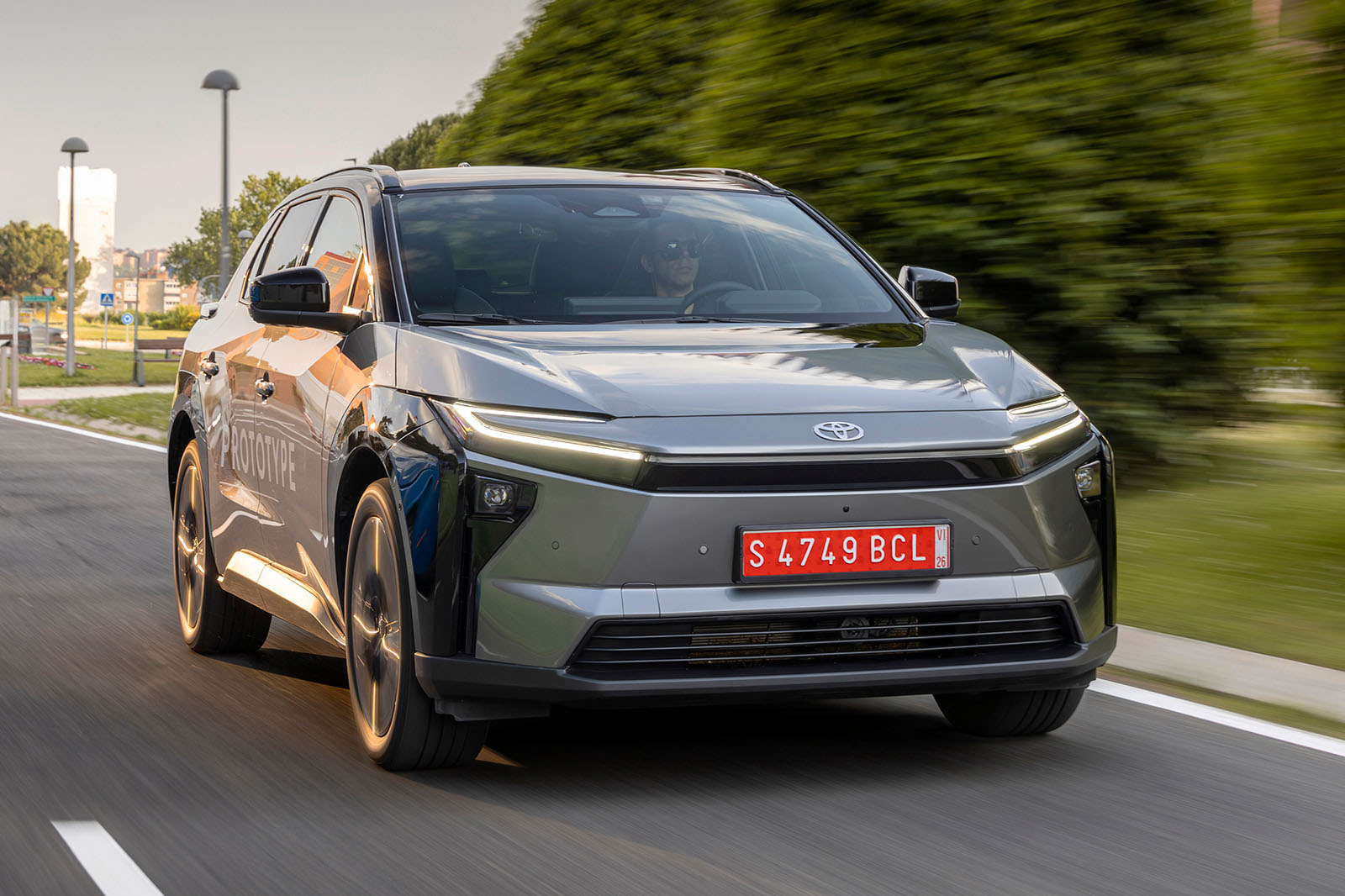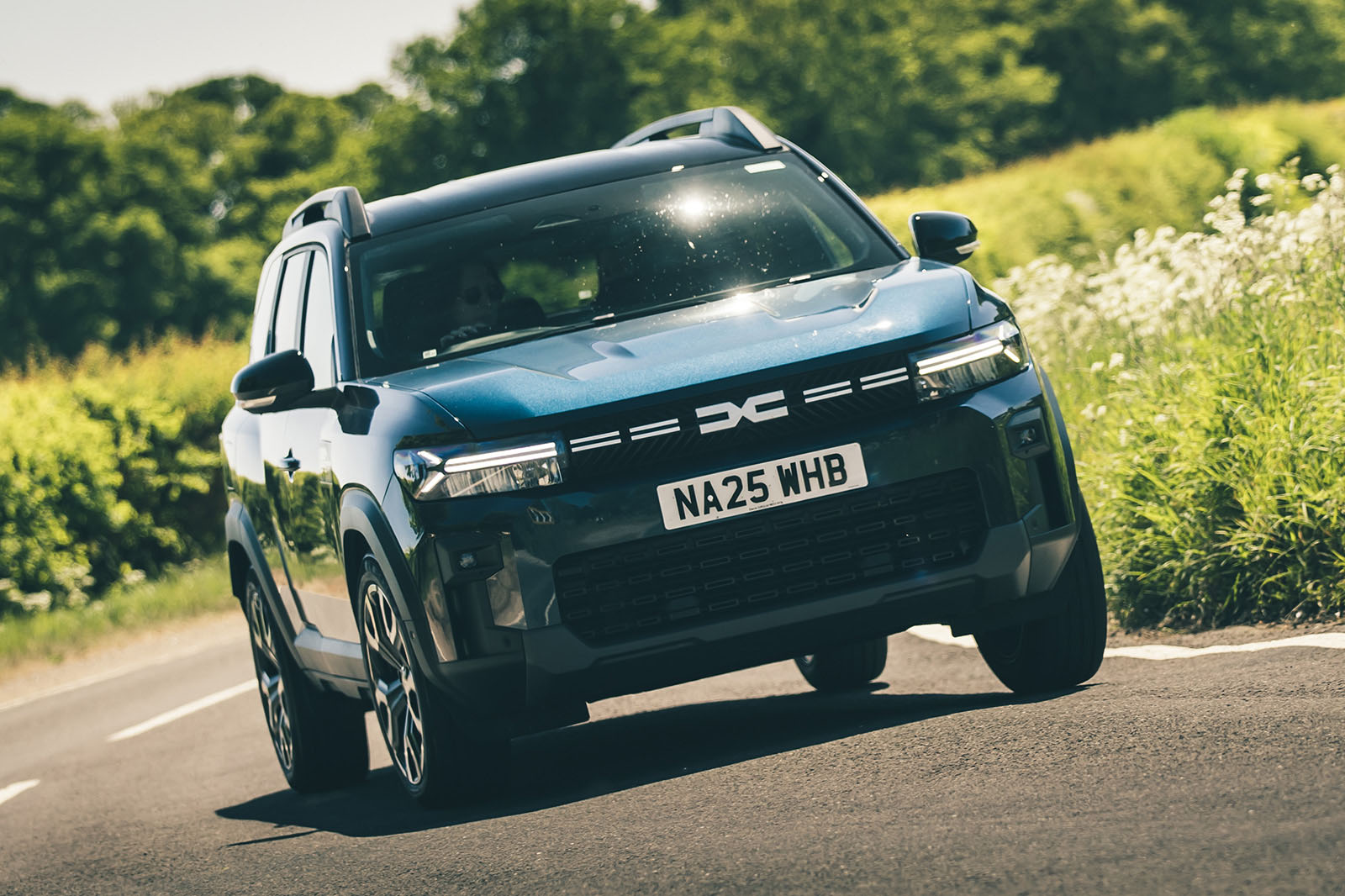10 cars per second - inside the world's biggest car plant
Ulsan’s dock is metres from the factory. Cars are loaded fresh from the production lines The Korean brand's factory is the world’s largest car-making facility, with five separate factories and an on-site port Looking out from the bridge of the Morning Christina, the view is filled with thousands and thousands of factory-fresh Hyundai cars. Up to 6000 of them are being loaded onto the 11 decks of the 380-metre-long vessel, bound for California, across the Pacific Ocean. “It’ll take about 13 days,” says the ship’s captain. “Then we’ll come back and do it again.” This is the final step of a unique process in car manufacturing that is based here at Hyundai’s Ulsan plant on the south-eastern coast of South Korea. With a dock literally on site, cars are built, tested and shipped all in one seamless operation. How many cars are produced here? A staggering 1.5 million a year – that’s almost double the UK’s 2024 output from 25 factories, and it would have been enough to fulfil 98% of all new car sales in Italy last year. Welcome, then, to the world’s largest vehicle plant. Set on a 1200-acre site (the same size as the pretty Bedfordshire town of Tilsworth), the Ulsan plant’s positioning is crucial to its effectiveness. As well as being home to five factories plus an engine and transmission plant, it is the only automotive production facility in the world to have a dedicated on-site port – one that ships 75% of its yearly output to more than 200 countries around the globe. On site, 17 different models are produced, from the Hyundai Santa Fe and Tucson to the entire Genesis line-up. Production lines run for 18 hours a day. A sixth EV-only plant is on schedule to open next year, and it will build the upcoming Genesis GV90. The Ulsan plant was opened in 1968 just a year after Hyundai itself was formed, and the site was originally established as a small Ford assembly facility, where Cortinas were hand-built for the local market. Today, Ulsan is a behemoth, and on entering the site its size is immediately obvious. Factory after factory rolls past our window, as well as a lot of trees (around 600,000 of them), until we pull up at Plant 5. Built in 1979, the facility originally produced golf carts – by hand. Today, the Genesis G70, G80 and G90 saloons are made alongside the Hyundai Palisade and hydrogen-fuelled Nexo. Electric batteries for the G80 are also made here. After they roll off the production line, and following a quality control check, finished cars are darted away to a huge car park at the dockside. We follow their very short route and pull up alongside the huge Eukor roll-on/roll-off transport vessel. Such is the size of the ship that a Suzuki Carry is used for transport inside. Cars are being loaded onto the ship via a steep ramp at the rear. Just minutes after a number of Elantras have blasted up it, the drivers – now on foot – race back down the ramp and jump into a Hyundai Staria to be driven to their next machines. It’s a daily process, with one ship leaving the port every 24 hours. This unique way of producing and exporting cars saves both money and time, a factory manager tells us, and is a key reason why Hyundai can make so many vehicles each year. The city of Ulsan that has grown around the plant is now home to 1.1 million people (roughly the same population as Birmingham). When ground was broken on the factory site in 1968, just 30,000 lived in the area – fewer than the 34,000 employed by the plant alone today. Five years prior, Ulsan was primarily a fishing port. Now it is South Korea’s industrial hub, formed by Hyundai Ulsan, neighbouring Hyundai Heavy Industries – the world’s largest ship-building company that was spun off from its parent in 2002 – and the world’s third-largest oil refinery, owned by SK Energy. The company’s importance is visible across the city: there’s a motorway named after Hyundai’s founder and many institutions – a hospital, a school, restaurants – bear the Hyundai name. And, of course, there’s the vast port facility. The port, the factory and the city that’s grown around it are testament to Hyundai’s incredible ambition. Our guide sums it up: “Ulsan is the city that made Hyundai what it is today.”


Ulsan’s dock is metres from the factory. Cars are loaded fresh from the production linesThe Korean brand's factory is the world’s largest car-making facility, with five separate factories and an on-site port
Looking out from the bridge of the Morning Christina, the view is filled with thousands and thousands of factory-fresh Hyundai cars.
Up to 6000 of them are being loaded onto the 11 decks of the 380-metre-long vessel, bound for California, across the Pacific Ocean. “It’ll take about 13 days,” says the ship’s captain. “Then we’ll come back and do it again.”
This is the final step of a unique process in car manufacturing that is based here at Hyundai’s Ulsan plant on the south-eastern coast of South Korea. With a dock literally on site, cars are built, tested and shipped all in one seamless operation.
How many cars are produced here? A staggering 1.5 million a year – that’s almost double the UK’s 2024 output from 25 factories, and it would have been enough to fulfil 98% of all new car sales in Italy last year. Welcome, then, to the world’s largest vehicle plant.
Set on a 1200-acre site (the same size as the pretty Bedfordshire town of Tilsworth), the Ulsan plant’s positioning is crucial to its effectiveness. As well as being home to five factories plus an engine and transmission plant, it is the only automotive production facility in the world to have a dedicated on-site port – one that ships 75% of its yearly output to more than 200 countries around the globe.
On site, 17 different models are produced, from the Hyundai Santa Fe and Tucson to the entire Genesis line-up. Production lines run for 18 hours a day. A sixth EV-only plant is on schedule to open next year, and it will build the upcoming Genesis GV90.
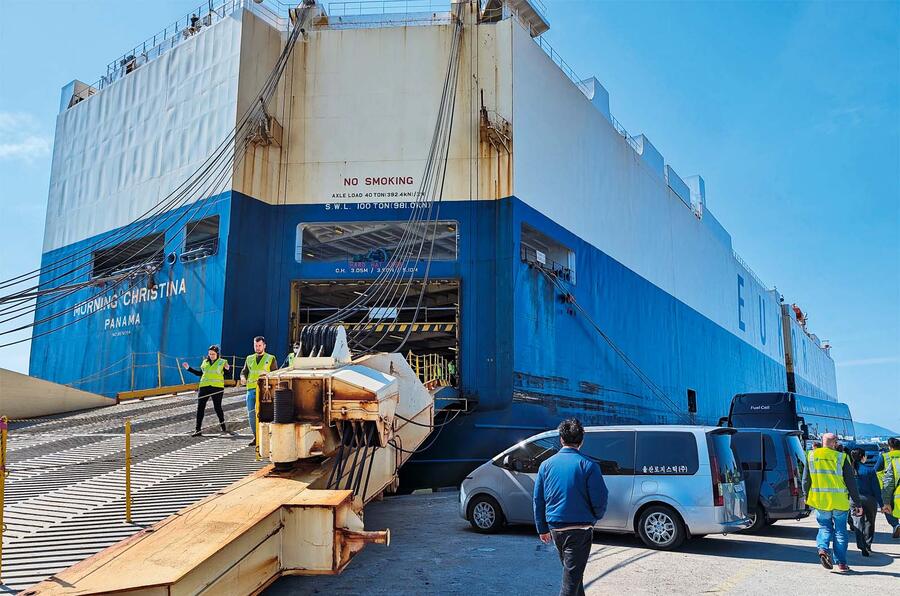
The Ulsan plant was opened in 1968 just a year after Hyundai itself was formed, and the site was originally established as a small Ford assembly facility, where Cortinas were hand-built for the local market.
Today, Ulsan is a behemoth, and on entering the site its size is immediately obvious. Factory after factory rolls past our window, as well as a lot of trees (around 600,000 of them), until we pull up at Plant 5. Built in 1979, the facility originally produced golf carts – by hand.
Today, the Genesis G70, G80 and G90 saloons are made alongside the Hyundai Palisade and hydrogen-fuelled Nexo. Electric batteries for the G80 are also made here.
After they roll off the production line, and following a quality control check, finished cars are darted away to a huge car park at the dockside. We follow their very short route and pull up alongside the huge Eukor roll-on/roll-off transport vessel. Such is the size of the ship that a Suzuki Carry is used for transport inside.
Cars are being loaded onto the ship via a steep ramp at the rear. Just minutes after a number of Elantras have blasted up it, the drivers – now on foot – race back down the ramp and jump into a Hyundai Staria to be driven to their next machines.
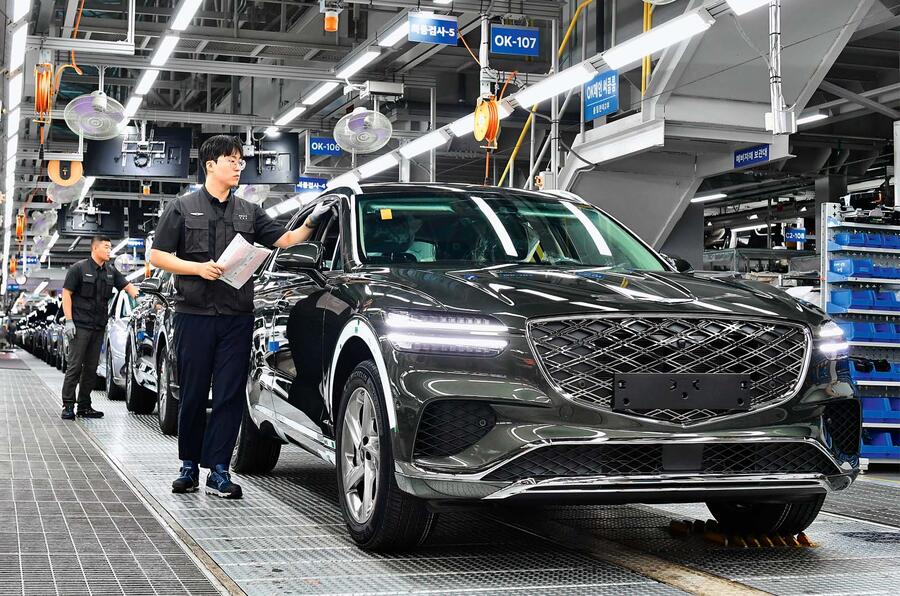
It’s a daily process, with one ship leaving the port every 24 hours. This unique way of producing and exporting cars saves both money and time, a factory manager tells us, and is a key reason why Hyundai can make so many vehicles each year.
The city of Ulsan that has grown around the plant is now home to 1.1 million people (roughly the same population as Birmingham). When ground was broken on the factory site in 1968, just 30,000 lived in the area – fewer than the 34,000 employed by the plant alone today.
Five years prior, Ulsan was primarily a fishing port. Now it is South Korea’s industrial hub, formed by Hyundai Ulsan, neighbouring Hyundai Heavy Industries – the world’s largest ship-building company that was spun off from its parent in 2002 – and the world’s third-largest oil refinery, owned by SK Energy.
The company’s importance is visible across the city: there’s a motorway named after Hyundai’s founder and many institutions – a hospital, a school, restaurants – bear the Hyundai name. And, of course, there’s the vast port facility.
The port, the factory and the city that’s grown around it are testament to Hyundai’s incredible ambition. Our guide sums it up: “Ulsan is the city that made Hyundai what it is today.”









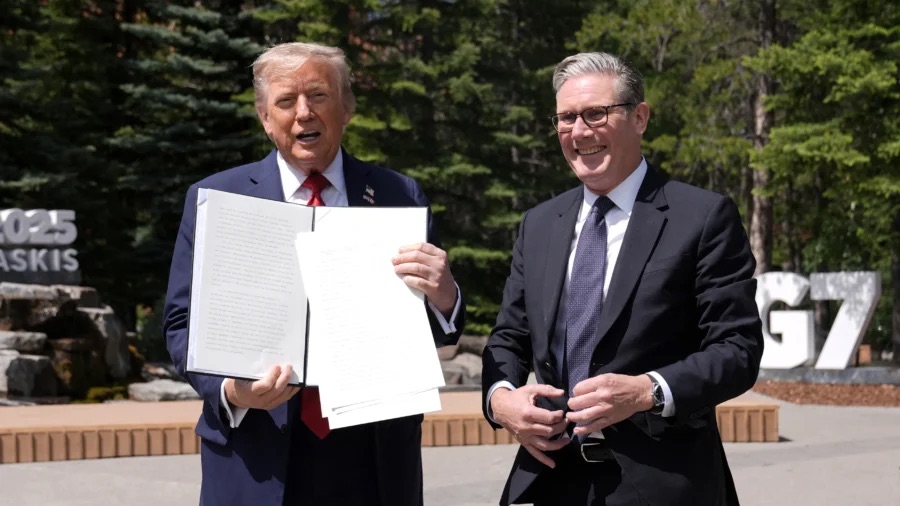

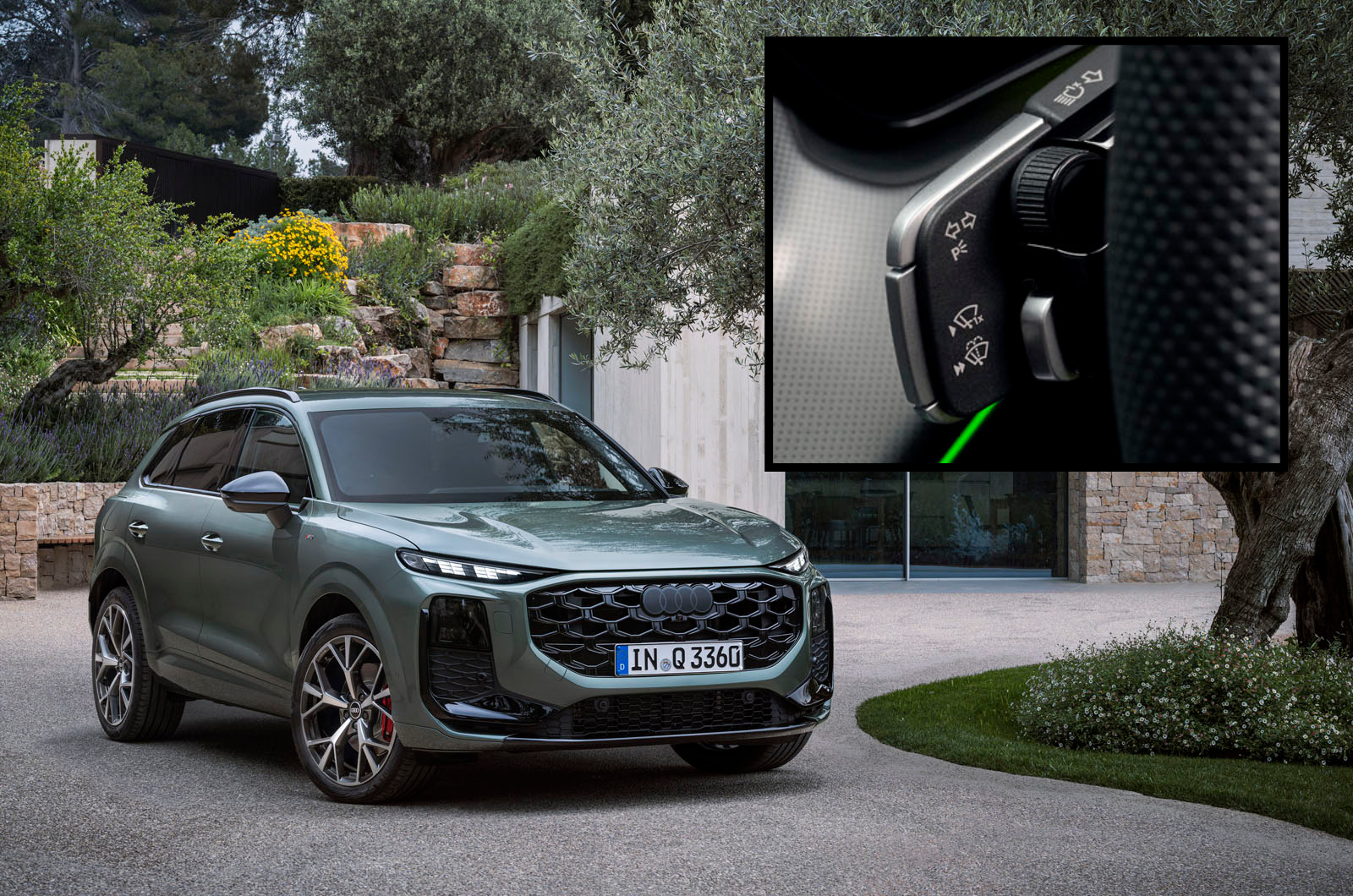








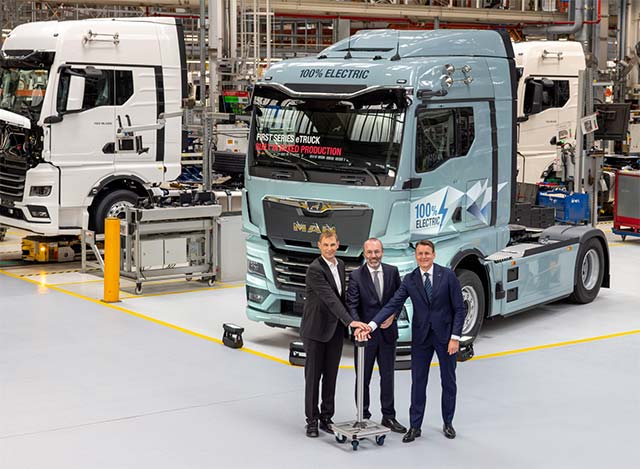




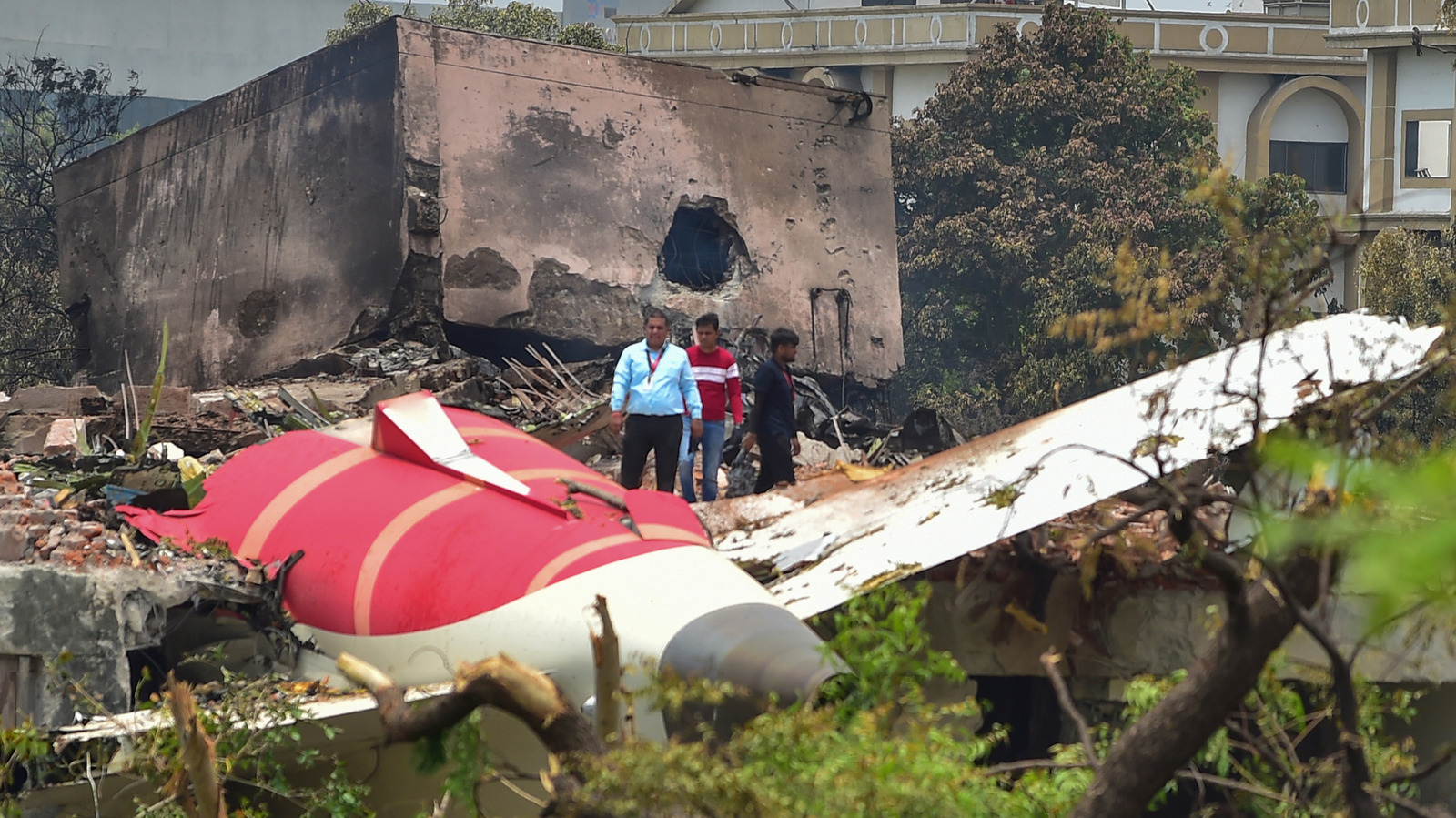


















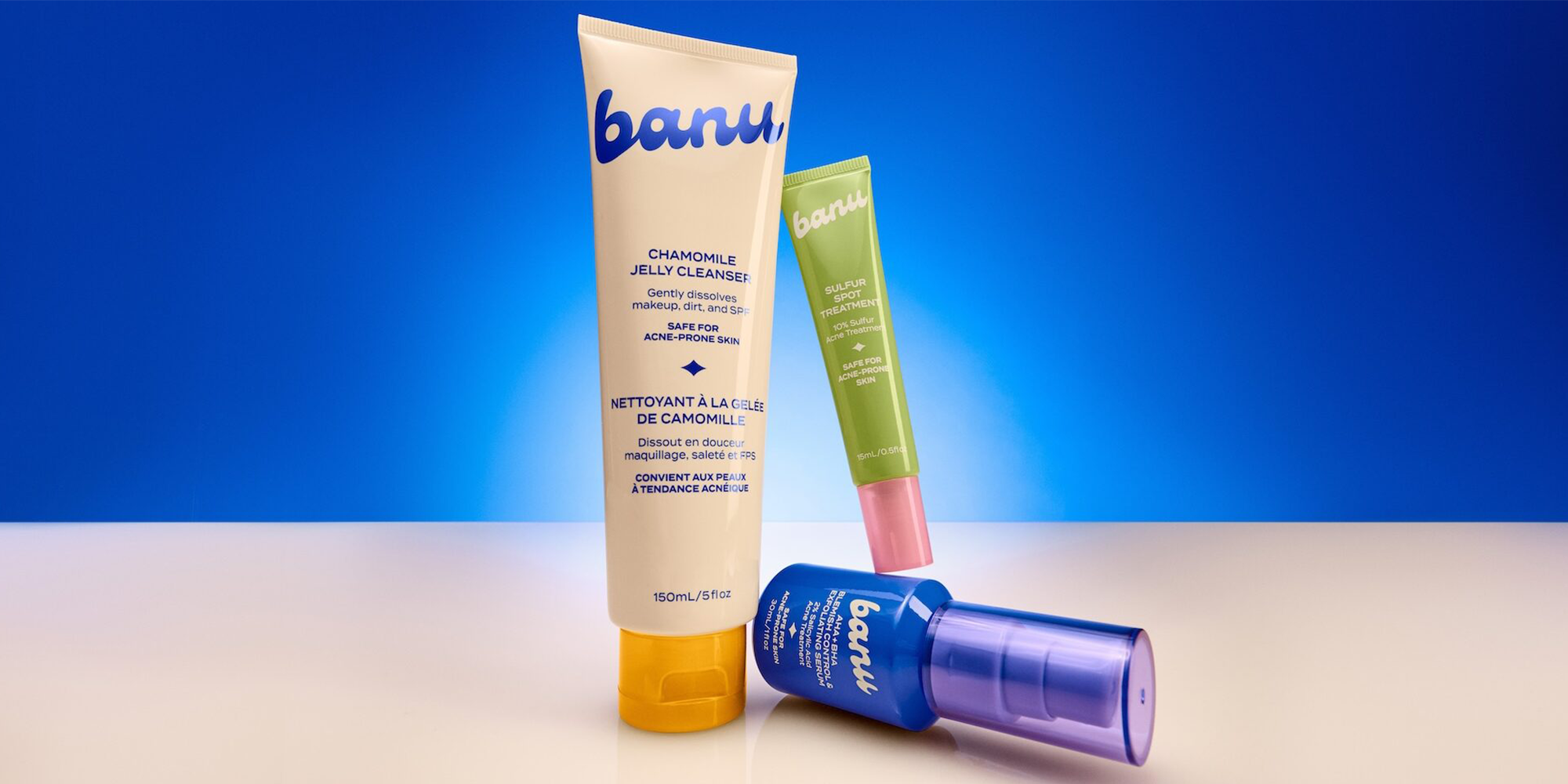








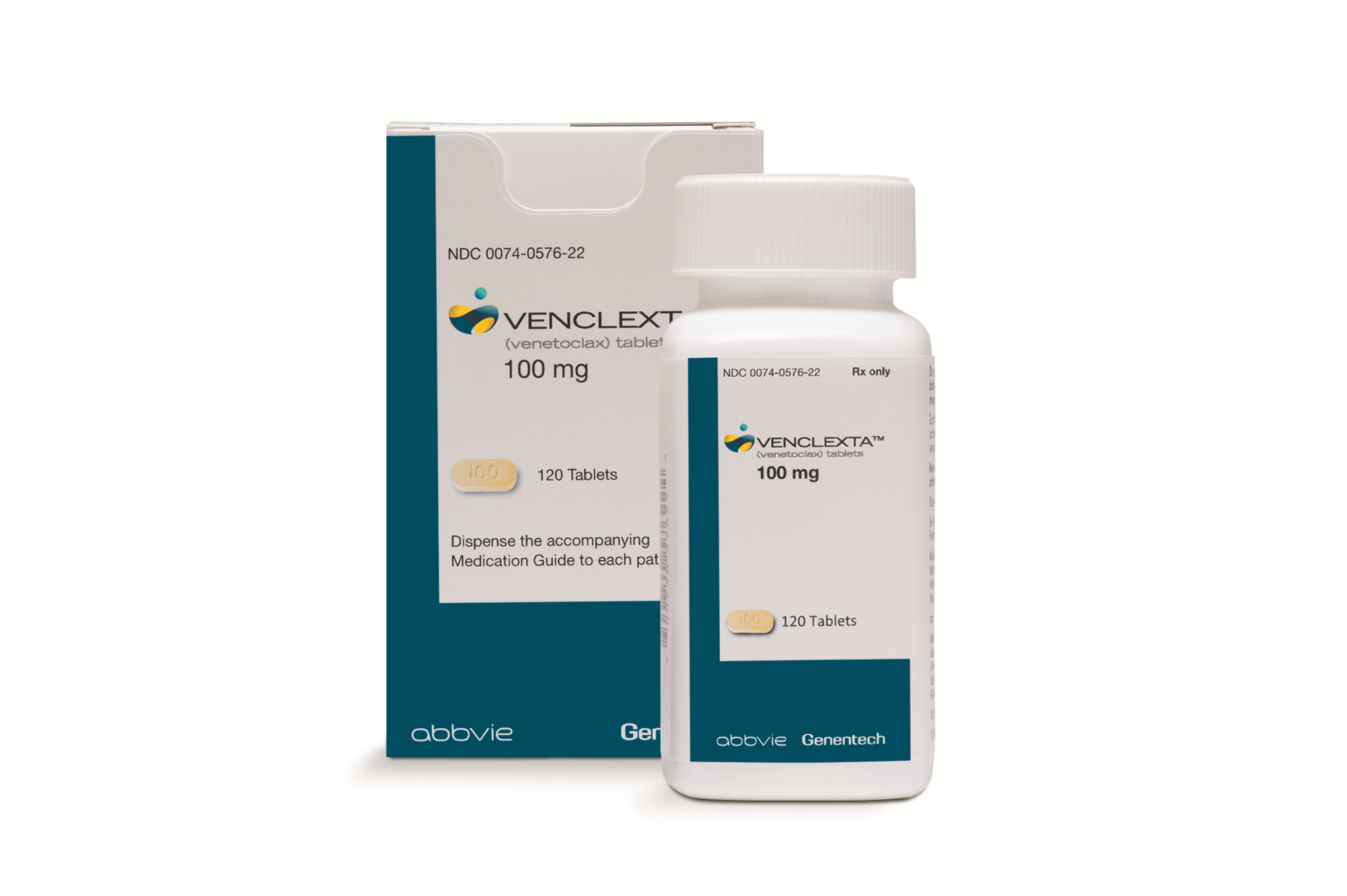
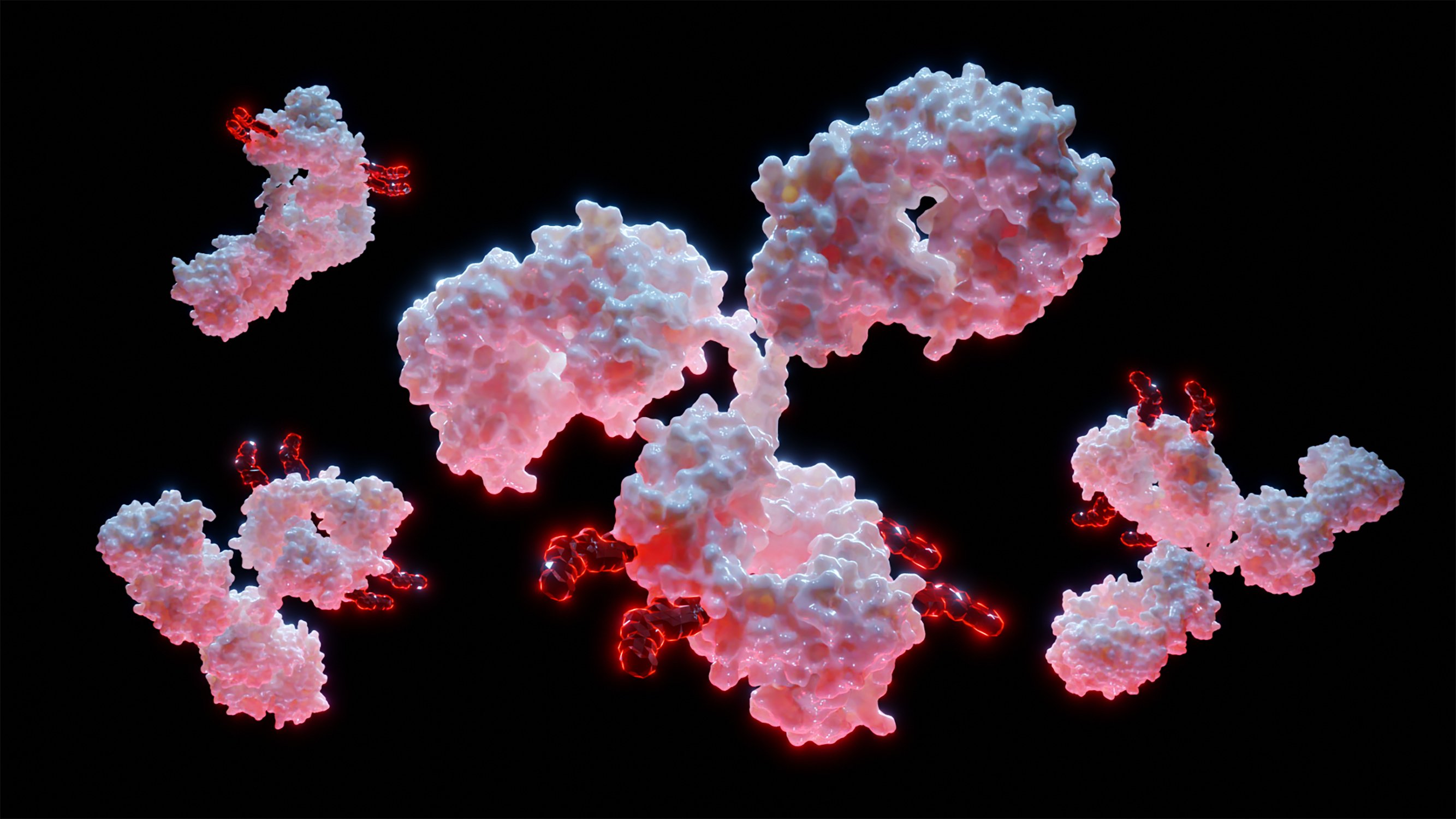
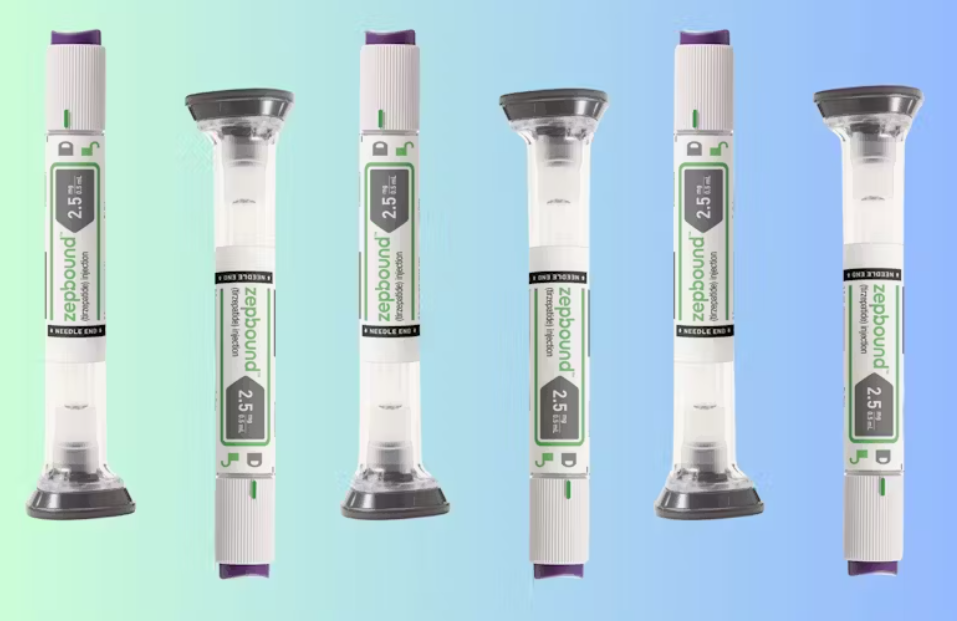





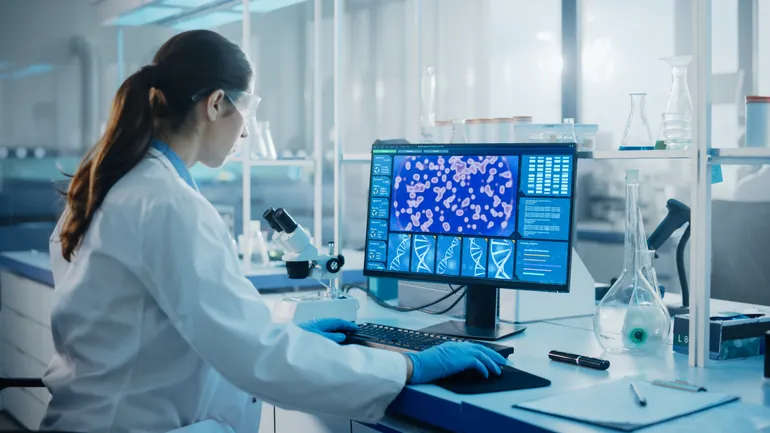
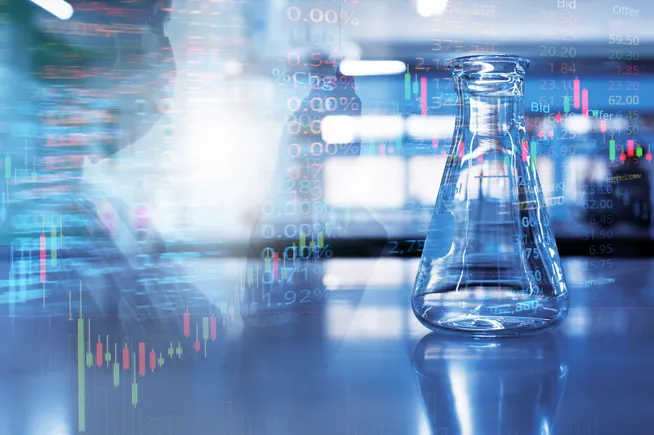
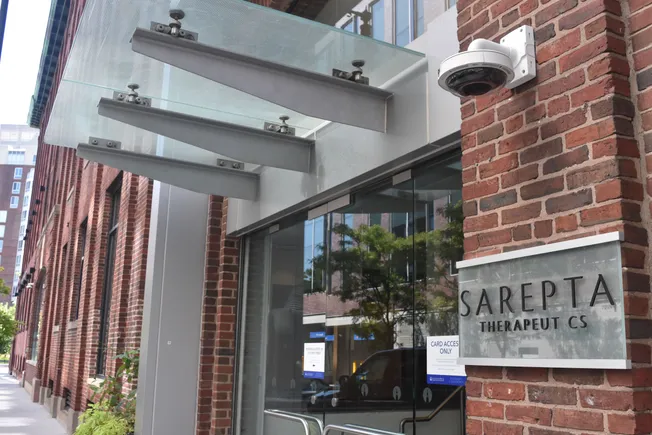


















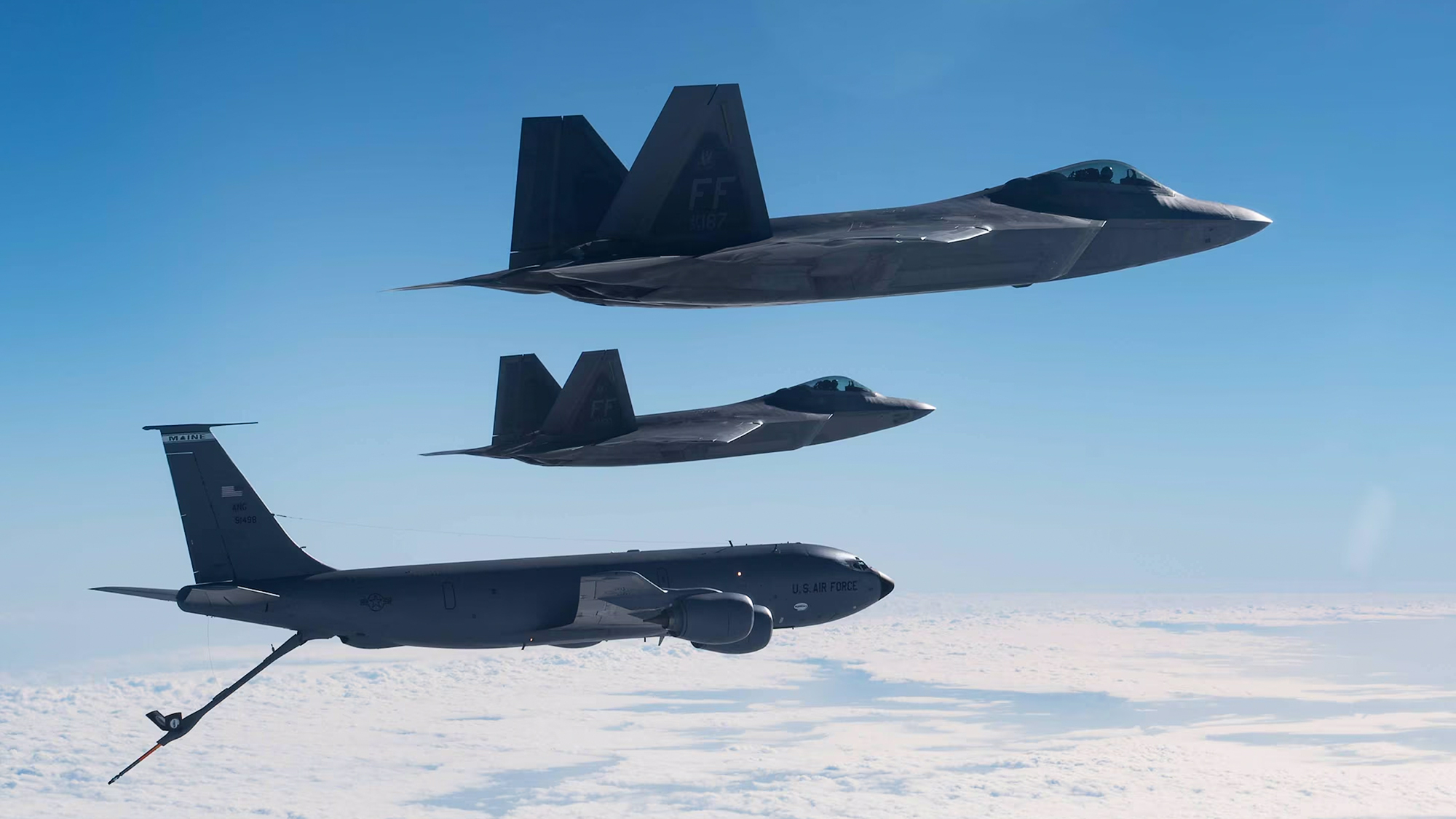



![Israel drama and good news for the F-35: Paris Air Show Day 1 [Video]](https://breakingdefense.com/wp-content/uploads/sites/3/2025/06/IMG_1805-scaled-e1750092662883.jpg?#)












![[Updated] Sudden Deployment of Dozens of U.S. Air Force Tankers Raises Questions](https://theaviationist.com/wp-content/uploads/2025/03/Stratotanker100Years_2-e1750080240327.jpg)
